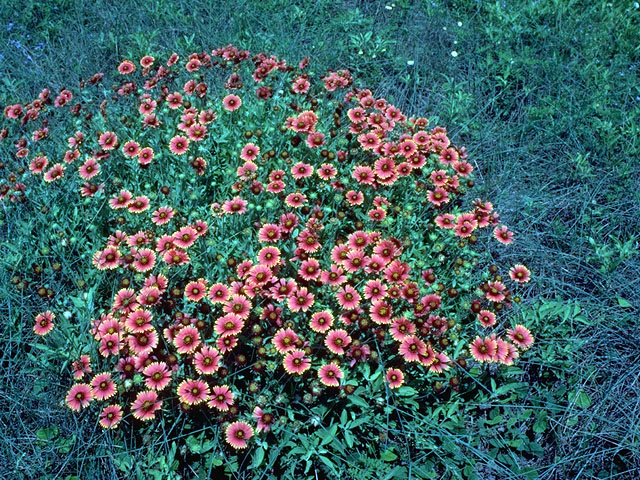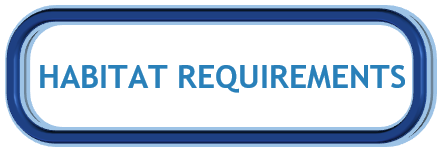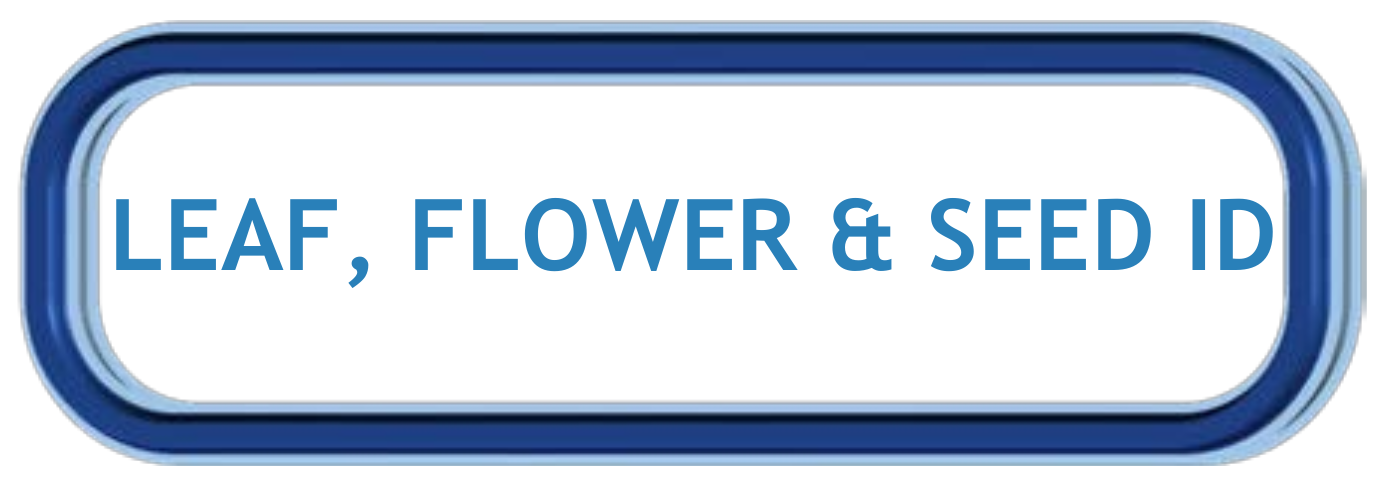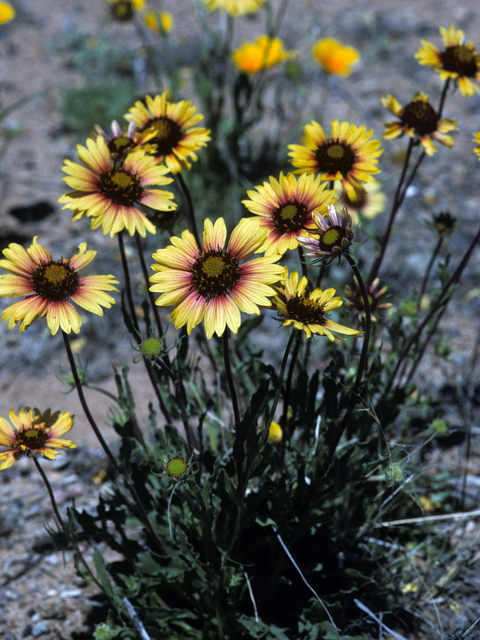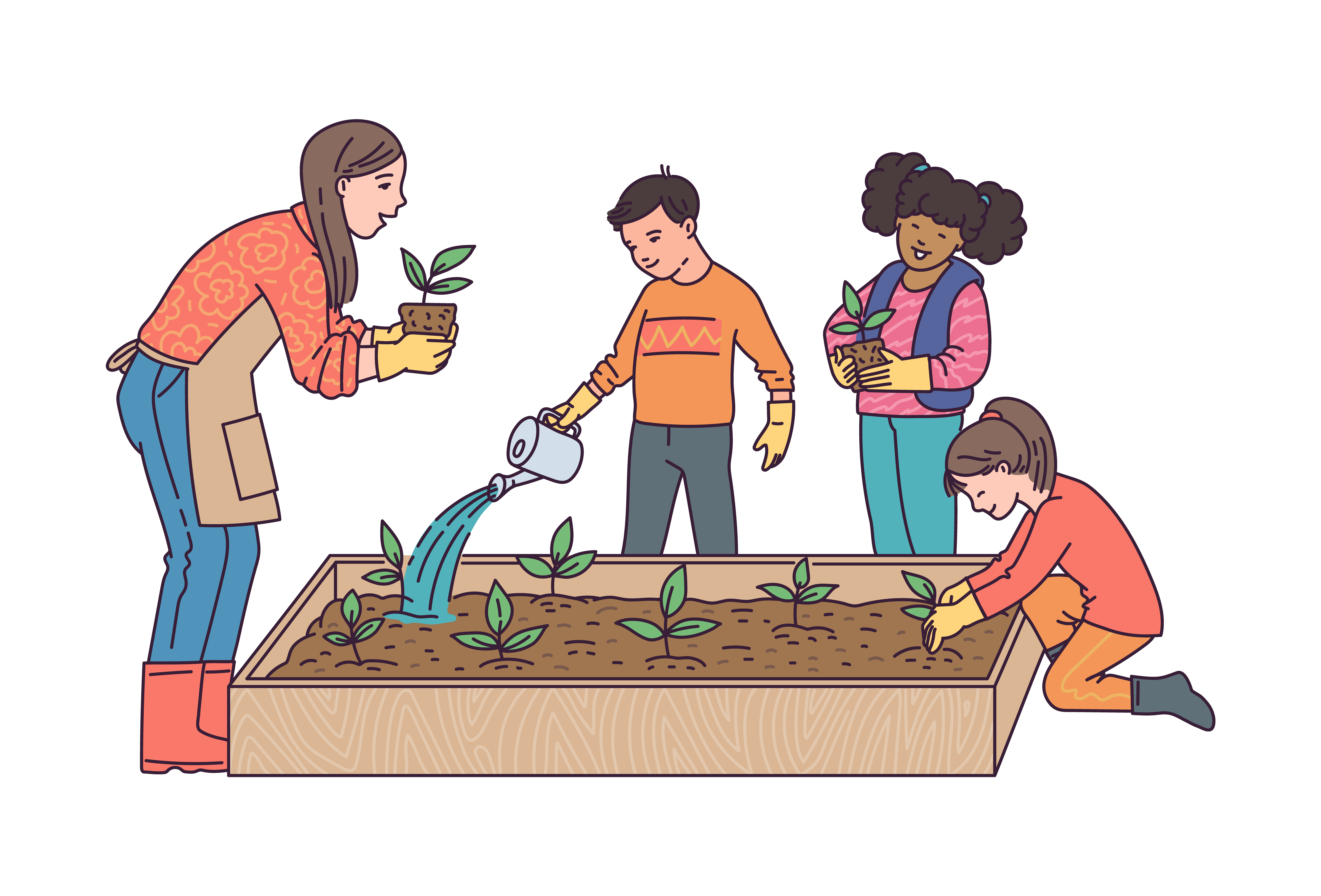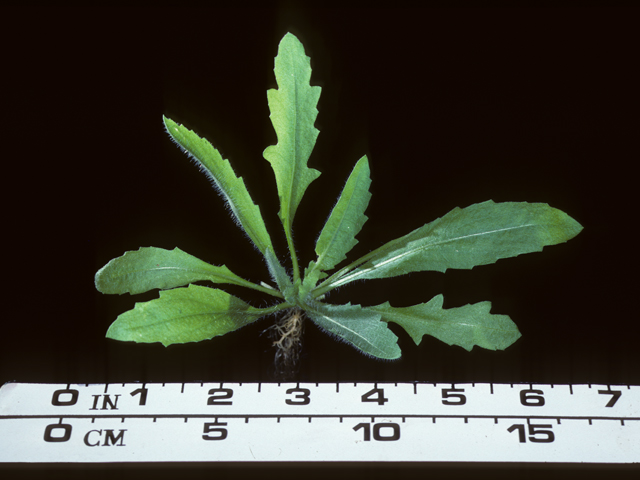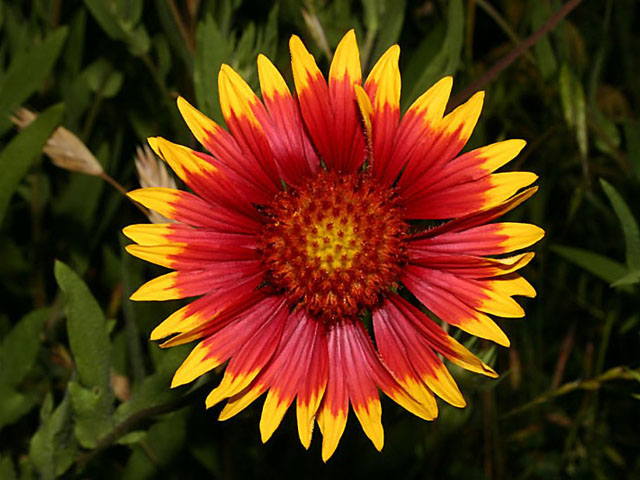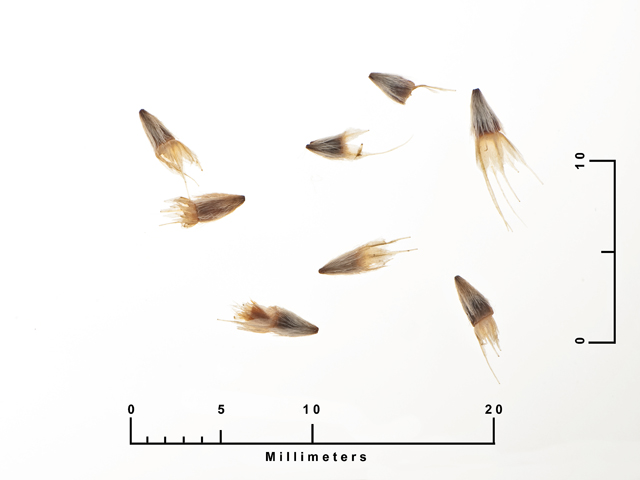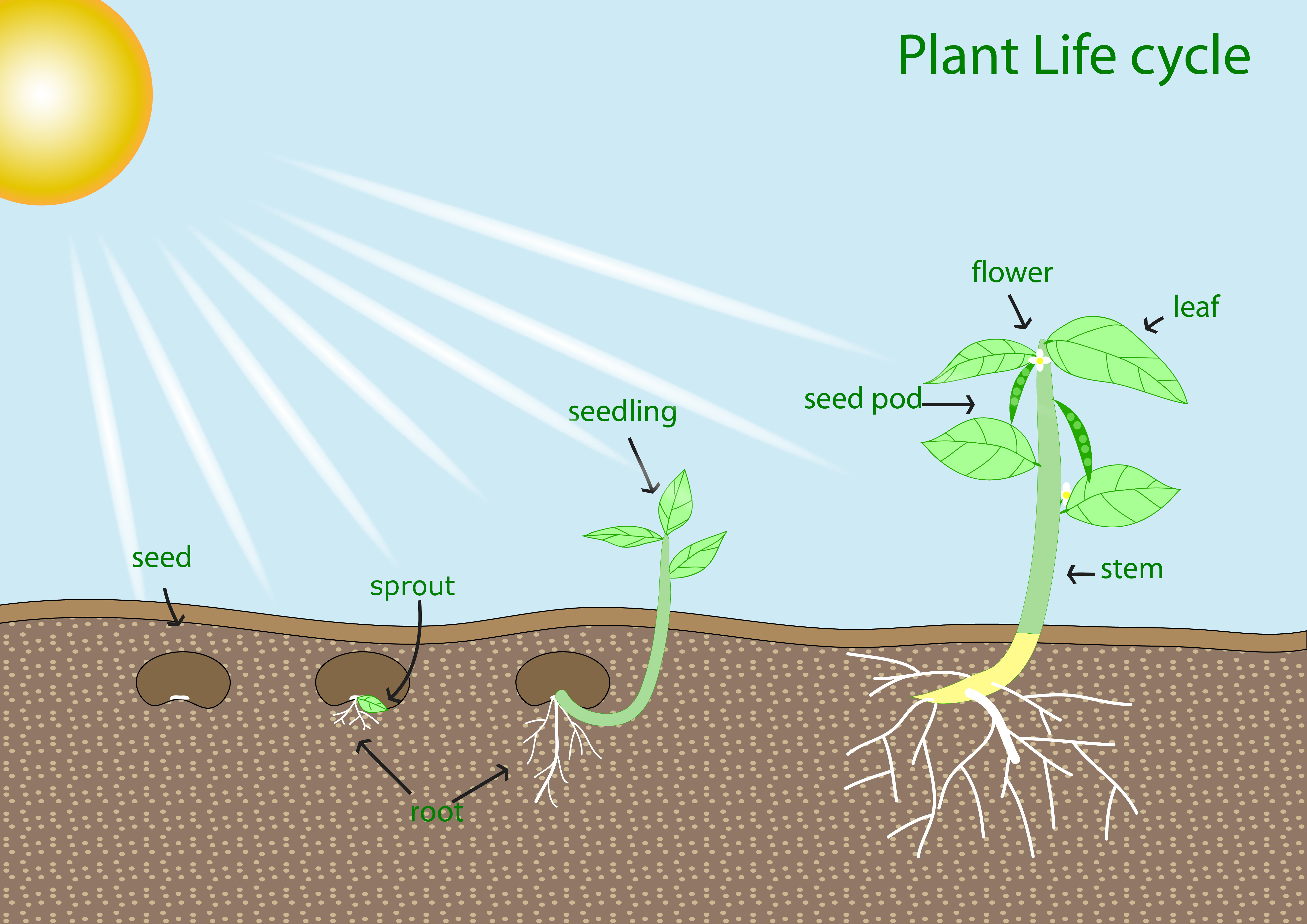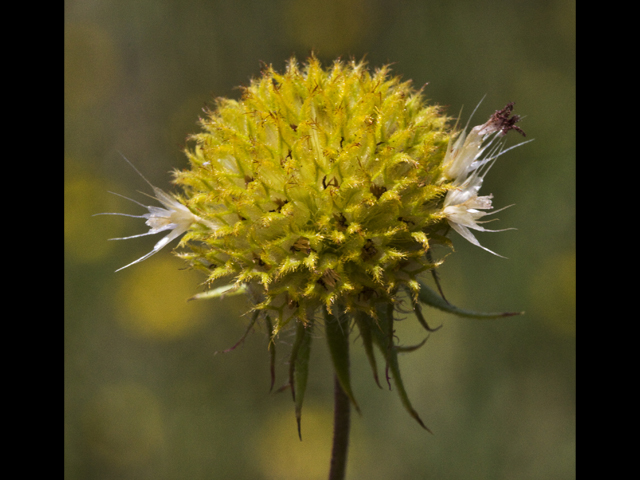Dig into Plants: Blanket Flower
| Blanket Flower Other Common Names: Indian Blanket Flower, Indian Blanket, Firewheel, Girasol Rojo Scientific Name: Gaillardia pulchella Native to Alabama: Yes |
|
Lady Bird Johnson Wildflower Center Campbell and Lynn Loughmiller Click on image to enlarge it |
Learn more about...
| Ecological Benefits |
| This plant provides food for: | |||
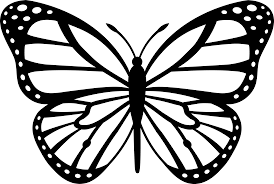 |
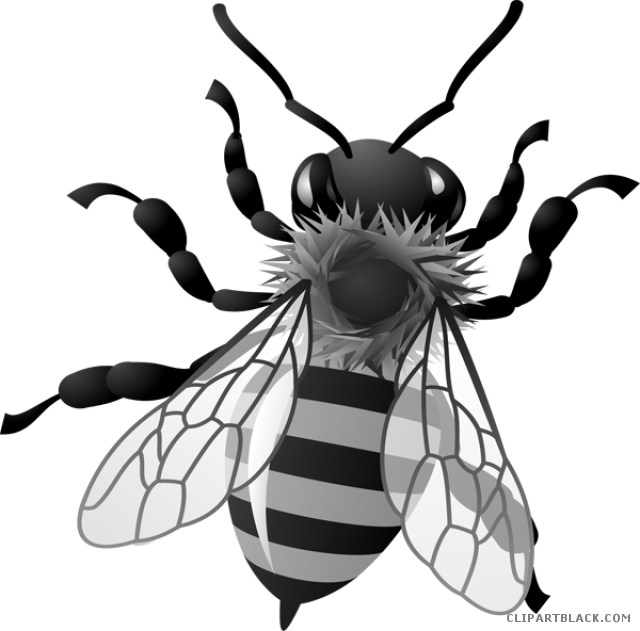 |
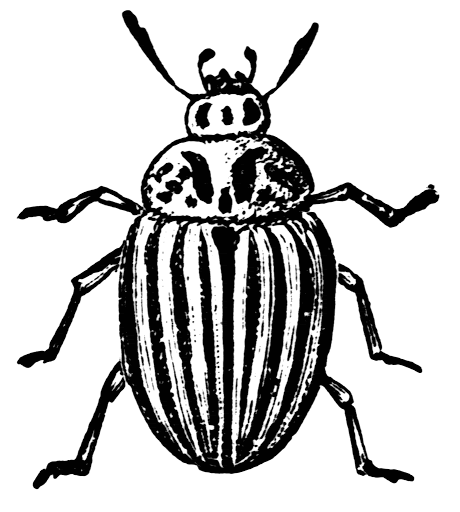 |
 |
| Butterflies | Native Bees | Other Pollinators | Other Birds |
| Other Plants Found in Alabama with Similar Ecological Benefits: |
||
| Lanceleaf Blanketflower (Gaillardia aestivalis) |
Great Blanketflower/Brown-eyed Susan (Gaillardia aristata) |
|
 |
 |
 |
| Habitat Requirements | |||
| This plant prefers: | |||
|
(6+ hours of sun per day) (2-6 hours of sun per day) |

Average Watering |
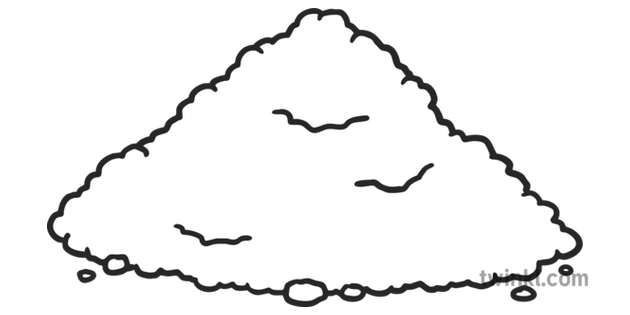 Well-drained, Sandy, Well-drained, Sandy,or Loamy Soil |
|
| Leaf, Flower & Seed Identification | ||||||
| LEAF DESCRIPTION |
Lady Bird Johnson Wildflower Center
Wildflower Center Staff Click on image to enlarge it |
|||||
| Leaf Characteristics Chart (JPG) | ||||||
| Shape: | Margin: | Arrangement: | Form: | |||
| Lanceolate | Entire, | Serrate, | Lobed | Alternate | Simple | |
|
|
|
|
|
|
|
|
| Description: | ||||||
| Hairy branched stems usually become woody at the base; mostly leafy near the base and leafless at the top; lower leaves are petiolate (have a stalk) and upper leaves are sessile (attached directly to stem); leaves are hairy, gray-green, and up to 3 inches long, margins range from entire to toothed to lobed | ||||||
| FLOWER DESCRIPTION |
Lady Bird Johnson Wildflower Center Randy Heisch Click on image to enlarge it |
|||
| Flower Shapes Chart (JPG) | ||||
| Color: Red, yellow, brown |
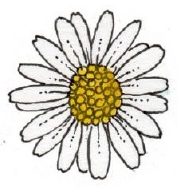 Radiate/ ligulate |
Bloom Months: May - Aug |
||
| Description: | ||||
| Flower heads 1-2 inches in diameter with red center and yellow outer band; ray florets (narrow, petal-like, infertile floret that surround the disk) are red at the base and yellow at the tip, each with 3 teeth at the broad end; disk florets (tubular, fertile floret that forms disk) are reddish brown; flowers are sometimes all red or yellow | ||||
| SEED DESCRIPTION |
Lady Bird Johnson Wildflower Center
Bruce Leander Click on image to enlarge it |
||
| Type: Fruit - Dry Seed Pod |
Description: seed pod is small, black, and awned (has hair- or bristle-like appendage) |
Months in Seed: Summer - Fall |
|
| Plant spreads by: | |||
| Seeds Re-seeds readily in optimal growing conditions |
|||
|
|
|||
ADDITIONAL RESOURCES FOR TEACHERS
| Quick Fact Sheet (Condensed Species Info) |
Plant ID Sign: Ready as-is PDF |
Plant ID Sign: Editable Word Doc |
QR Code (Links to this Webpage) |
INFORMATION SOURCES FOR THIS PLANT
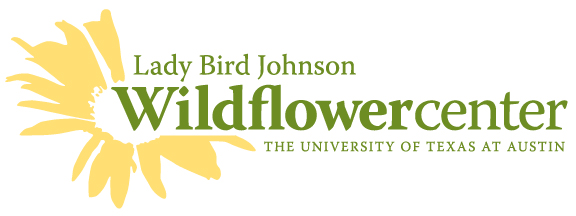 |
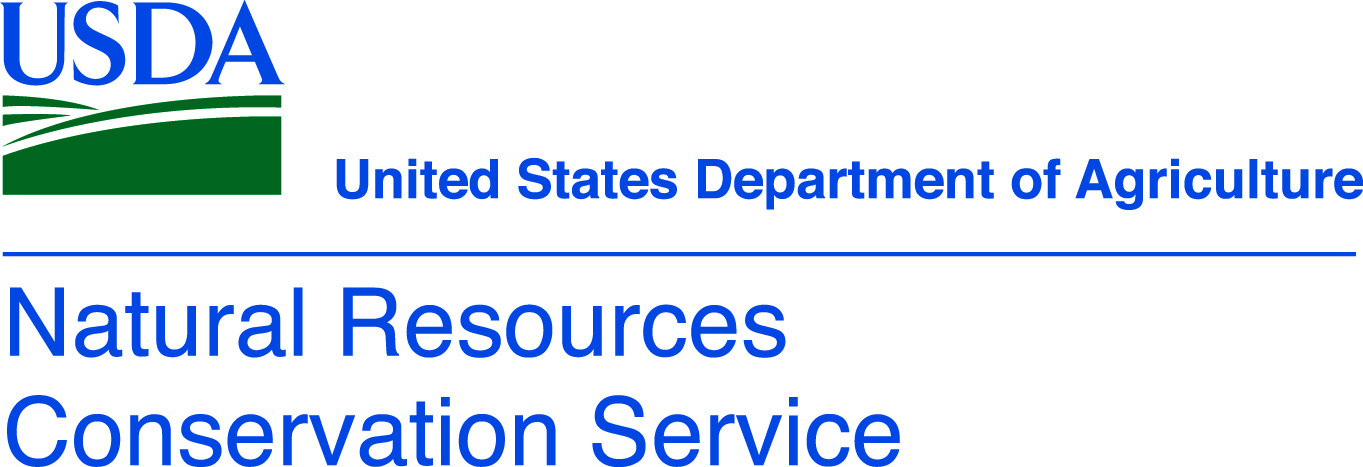 |
|
|
|
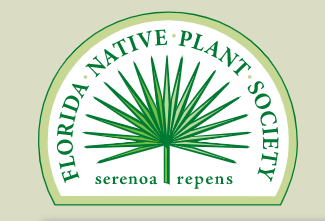 |
|
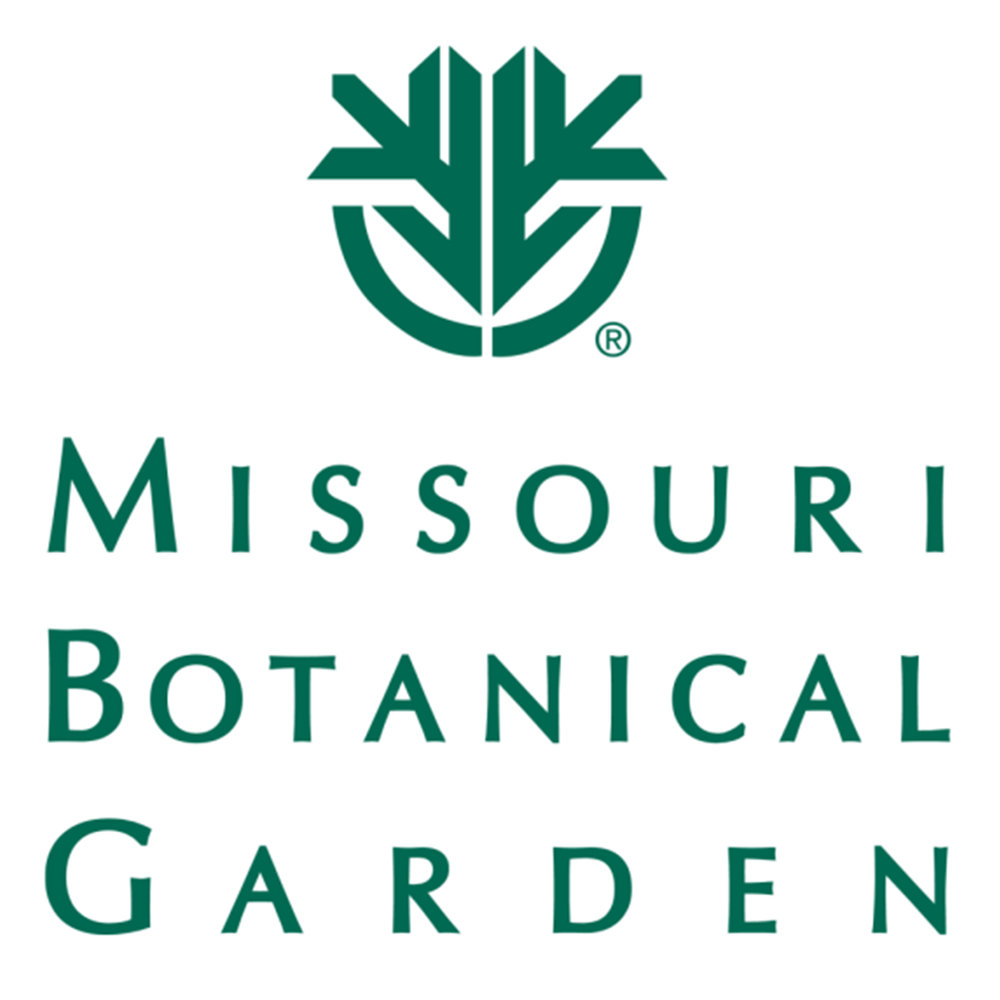 |
|
.
 Wildlife Tag
Wildlife Tag
